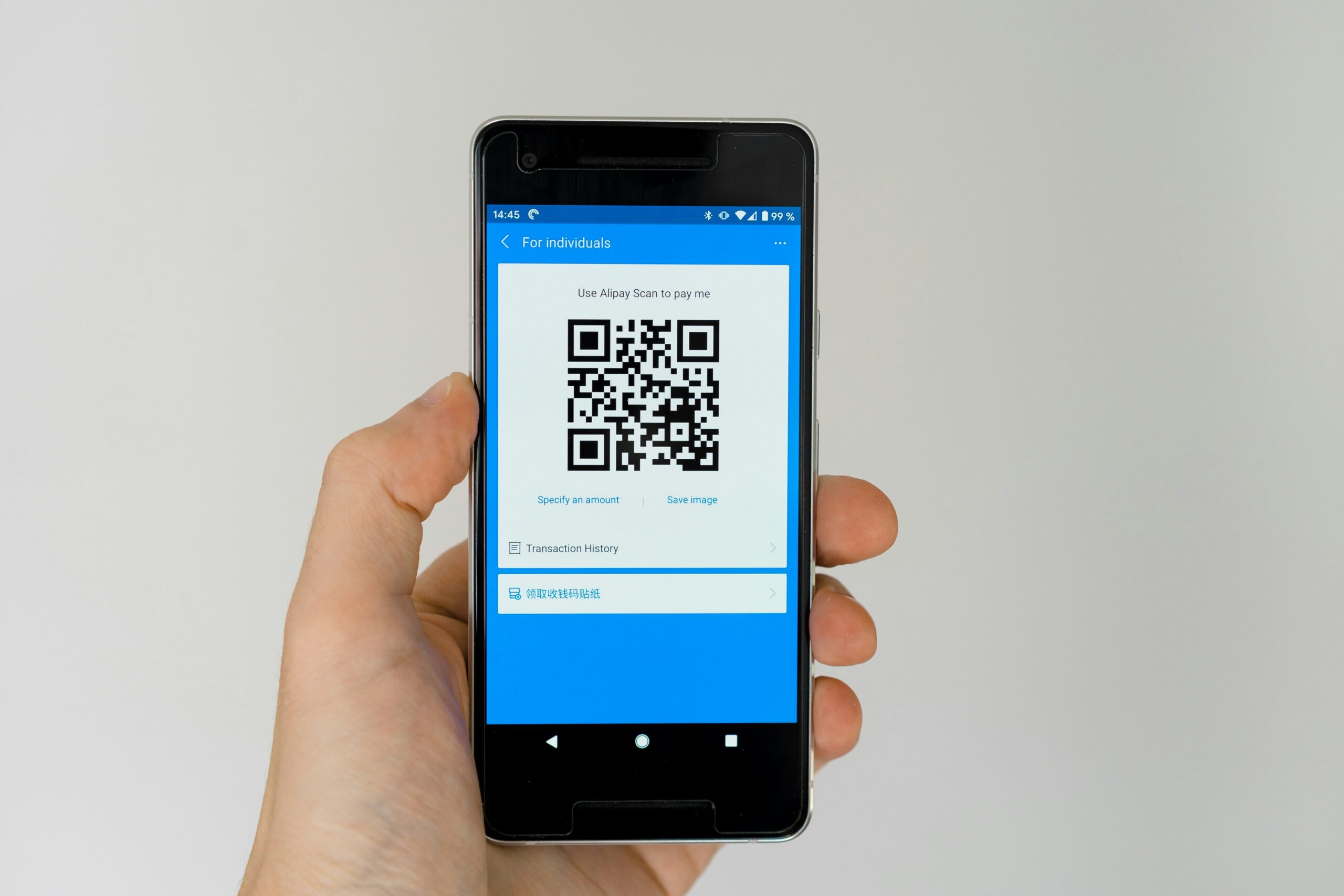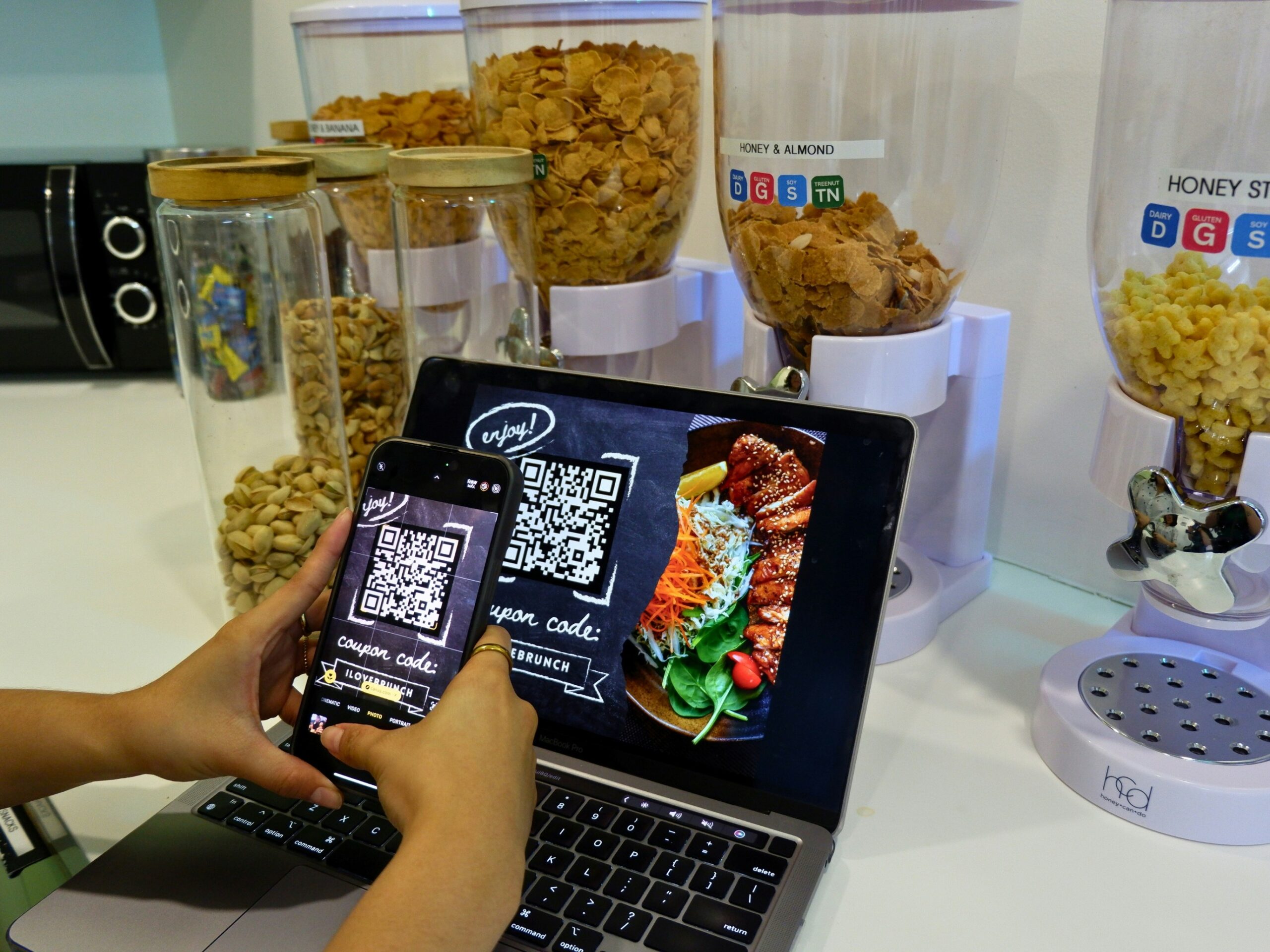A QR code, short for “Quick Response code”, is a type of two-dimensional barcode that can store information in a square grid of black squares on a white background.
Purpose
QR codes are designed to be quickly scanned by smartphones or other devices, providing instant access to data, website links, or other digital resources.
Create static QR codes for FREE at https://appsocean.xyz
For example, scanning a QR code on a menu in a restaurant can take you directly to the online menu. Or, scanning a QR code on a product package can provide additional information or lead you to a website.
History and Evolution
QR codes represents a fascinating evolution from Morse code in how we encode and transmit data. Morse code, invented in the 1830s, was the first system to use dots and dashes to represent letters, laying the groundwork for later digitizations. This system was crucial for telegraph communication.
The barcode, invented in the 1940s, took Morse code’s idea of dots and dashes and extended them into the now familiar bars. Finally, QR codes, developed in 1994, by Masahiro Hara at Denso Wave, a subsidiary of Toyota, to improve inventory tracking in the automotive industry. They are build upon barcodes by using a 2D grid of dots and squares to store significantly more information and allowing for error correction.
Barcode has less data storage. QR code has more data storage as compared to the Barcode. It holds the data or information horizontally.
The “QR” in the name stands for “Quick Response,” reflecting the code’s design for fast and efficient data encoding and retrieval. Initially, QR codes were used for automotive parts tracking, but their widespread adoption came later with the rise of smartphones.
COVID-19 Pandemic
The pandemic further accelerated the use of QR codes for touch-free interactions, such as menu scanning in restaurants.
QR codes have also been adopted for digital payments, with systems like Bharat QR in India.
Conclusion
In essence, the QR code’s history is one of innovation and adaptation. Initially conceived for a specific industry, it has evolved to become a versatile tool used across various sectors, driven by advancements in technology and evolving societal needs.




Leave a Reply